WILL WRITE FOR COOKIES

INSIGHT – INFORMATION – INSPIRATION
FOR WRITERS (AND ILLUSTRATORS, OF COURSE!)
TODAY’S GUEST
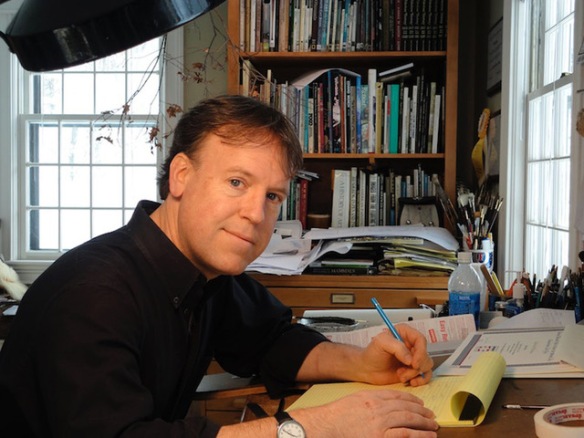
BRIAN LIES
As I mentioned in yesterday’s post, I’ve only recently connected with today’s guest. Of course, I’ve been a long time admirer of the work of this talented author/illustrator and I’m thrilled to welcome him to Will Write for Cookies.
Brian Lies is the NY Times-bestselling author and/or illustrator of nearly 30 children’s books, including his latest, THE ROUGH PATCH (Greenwillow/HarperCollins, Aug. 2018) and GOT TO GET TO BEAR’S! (Houghton Mifflin Harcourt, Oct. 2018), and his bat series (including BATS AT THE BEACH, BATS AT THE LIBRARY, etc.). When he’s not working on his stories or visiting schools around the country, he can be found in his vegetable garden, reading, or preparing unusual foods such as kimchi, pickles, switchel or limoncello. He and his wife have a grown daughter and live 30 miles south of Boston, MA.
To connect with Brian and learn more about his books:
website: www.brianlies.com
Twitter: @BrianLiesbooks
Blog: GETTING INTO CHARACTER, brianlies.blogspot.com
Instagram: brianlies
ME: Hi Brian! So glad you could stop by to chat with us today. I know everyone is excited to hear more about you and your writing/illustrating life.

ME: Who were your favorite authors/illustrators when you were a child?
BRIAN: I grew up with a lot of books, so creating a shortlist is tough! Early on, I loved Richard Scarry’s “Best Word Book Ever”—it was the book that taught me the connection between objects and the words that described them. Another favorite was “Miss Suzy,” by Miriam Young and Arnold Lobel. There was “Put Me in the Zoo” by Robert Lopshire, with the creature (polar bear?) with its moveable and changeable spots, and a very obscure one called “Why I Built the Boogle House,” by Helen Palmer (photo illustrations by Lynn Fayman). That one’s about a boy who keeps remodeling a small pet house to accommodate larger and larger animals. Also Bennett Cerf’s “Book of Laughs,” with its really corny, 1960-era illustrated jokes.
When I entered the world of chapter books, I loved things like the Edward Eager “Magic” book series, “The Marvelous Misadventures of Sebastian” by Lloyd Alexander, and anything by Jane Langton (“The Diamond in the Window,” “The Swing in the Summerhouse,” etc.). I was also very into the “Childhood of Famous Americans” series, though I’d probably be really dismayed now to know how much of those books was fabricated or idealized.
ME: What do you know now that you wish you knew when you first started writing?
BRIAN: I think the biggest thing would be that, for the vast majority of writers, you never “make it” in a blockbuster-so-big-you-never-have-to-worry-again way. You’ve got to keep paddling, because there’s always a current, even if slight, against you. It’s so much easier to NOT write than it is to write. So focusing on the joy that comes when you’re on a new idea and madly scribbling away, or revising a really tricky bit, and it suddenly falls into place—is more important than focusing on the ultimate success of any particular book.
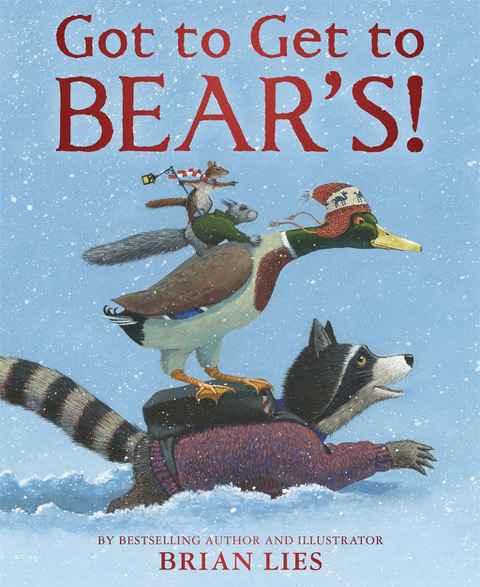
ME: Where do you like to write – inside, outside, special room, laptop, pen and paper?
BRIAN: Like many authors or illustrators, I’m a creature of habit. I write with a Dixon Ticonderoga #2 pencil on yellow Ampad legal pads (they feel sturdier than other brands). I write by hand because it almost always comes out better than drafting on the computer. I type really fast, so my first ideas splat onto the screen without a lot of consideration. But when I write by hand, it’s slower, and I pre-edit or reconsider each sentence as I’m writing. So a first draft is invariably better when it’s put down on paper.
ME: When do you write – early morning, late in the day, middle of the night, on schedule, as the muse strikes?
BRIAN: For me, the best writing comes in the first thing in the morning, when I’m not thinking about “have-tos” or people I should email, etc. There’s something about that quiet time before the world is in gear that feels the clearest. Unfortunately, that time has become polluted by the iPhone—news or emails may have come in overnight, and as soon as you’ve looked at them, that quiet time is gone. So the idea of a social media vacation sounds pretty good right now.
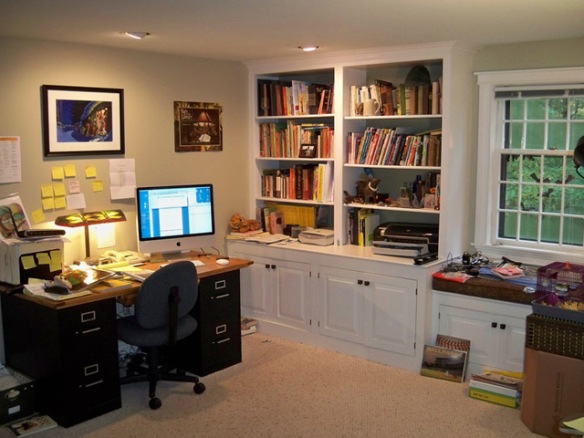
ME: Why do you write for children?
BRIAN: It’s a cliché to say “I really write for myself,” but there it is. Books meant so much to me as a boy: entertainment, knowledge, imagination. And as a boy, I worried about whether I’d ever be good enough at anything to do something “real,” something that nobody would question in the adult world. So I try to write stories that I enjoy now, but also ones that I think I’d have liked as a kid. I do love the idea that real people, people I’ve never met and haven’t shoved a homemade copy of a story at, might read one of these books out there in the world and then write to me about how it affected them. That’s pretty amazing.
ME: Also, if you have any thoughts or advice for aspiring writers, please share. As well as anything else you want to talk about that parents, educators, writers, librarians might want to hear.
BRIAN: There’s little I can say that hasn’t already been said, but repetition drums things into our brains. So: focus on craft. Try writing the story from different perspectives. I have a 300-page novel which I first wrote in third person, then tried again in first person, and the action became more immediate (I still have to go back and whittle perhaps 1/3 of it away). Make sure every character’s voice is distinct enough that you can guess who’s speaking, after a few lines, without dialogue tags. Nancy Werlin has a fantastic revising process in which she makes sure every chapter serves the story, every paragraph serves the chapter, and every sentence serves the paragraph (she may have something about that on her web /social media platforms). Very important: read everything aloud. What looks good on paper or screen doesn’t always sound good aloud.
And for educators and librarians: Please let kids read what they want. I believe that becoming a good reader springs out of enjoying reading, rather than out of a drilled mastery of skills. Kids are going to read at different levels—that’s just life. I think kids should read what they want, whether it’s “above” or “below” their level. Not letting them take out an advanced book stifles learning—how do we learn unless we reach beyond our grasp? What’s so bad about having a book at home for a week that’s too hard to read? Shaming them because they’re “behind” or pressuring them into reading above their level makes reading a chore, and something to be avoided. I used to despair at the idea of boys wanting to read what some would consider “garbage,” but I’ve come around—at least they’re reading! And if they love it, they can be coaxed to try other, more “literary” materials. In any case, wouldn’t it be better to have a grownup who loves reading comic books than a grownup who wouldn’t touch a book? I know our culture is all about achievement and scores, but the real end goal here is someone who picks up a book because she or he WANTS to.
ME: PLEASE LET KIDS READ WHAT THEY WANT…you put it in italics, Brian, but I’m going to put it in it in caps as well. Not that I’m shouting it, but for emphasis. I am so much a fan of that, Brian. Because, as you say, they are reading. I remember reading plenty of comic books and Trixie Belden and folktales…even these days I’ll reread books like Pollyanna or Little Women…bringing back memories of when summer days meant nothing but bringing home piles of books from the library and sitting all day long, devouring those sweet stories.
And mentioning sweet reminds me that Brian has a very special recipe for us. Take it away, Brian!
BRIAN: My Will Write for Cookies recipe is Angel Flakes. There’s a chance that the recipe is on the side of shredded coconut bags all over the world, but this is one of our favorite Christmas cookies—to the point where I double the batch and we’ve left off making some of our other favorites to make more room for these. The photo below is a Xerox of the typed card that’s been in the family for many decades—the recipe was originally baked by my grandmother, Bertha Sherwood Bonham, and it’s now gone three generations down.
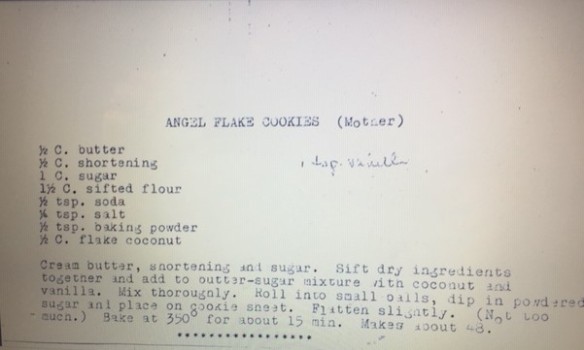
ANGEL FLAKES
1/2 C butter
1/2 C shortening
1 tsp vanilla
1 C sugar
1 1/2 C. sifted flour
1/2 tsp soda (baking soda)
1/4 tsp salt
1/2 tsp. baking powder
1/2 C flake coconut
Cream butter, shortening and sugar. Sift dry ingredients together and add to butter-sugar mixture with coconut and vanilla. Mix thoroughly. Roll into small balls, dip in powdered sugar and place on cookie sheet. Flatten slightly. (Not too much). Bake at 350 for about 15 min. Makes about 48.
Thank you so very much, Brian…for all of your insights and for sharing some of your process with us. And of course, we are grateful for a family recipe that just might become someone else’s holiday tradition. We are all wishing you much success with your newest additions to your bookshelf…and for your very generous giveaway.
Dear friends, please leave a comment to be entered into the giveaway…and find ways to thank your favorite authors: buy their books, ask your local library to purchase for their collection, post reviews on Amazon and Goodreads, and of course, tell all of your friends how much you enjoyed a particular book. Word of mouth is the best marketing tool we have – and it doesn’t cost a penny.
I hope you all have a safe and happy weekend. See you on Monday for another extra special blog post…a COVER REVEAL for Laura Gehl’s newest picture book: DIBS!
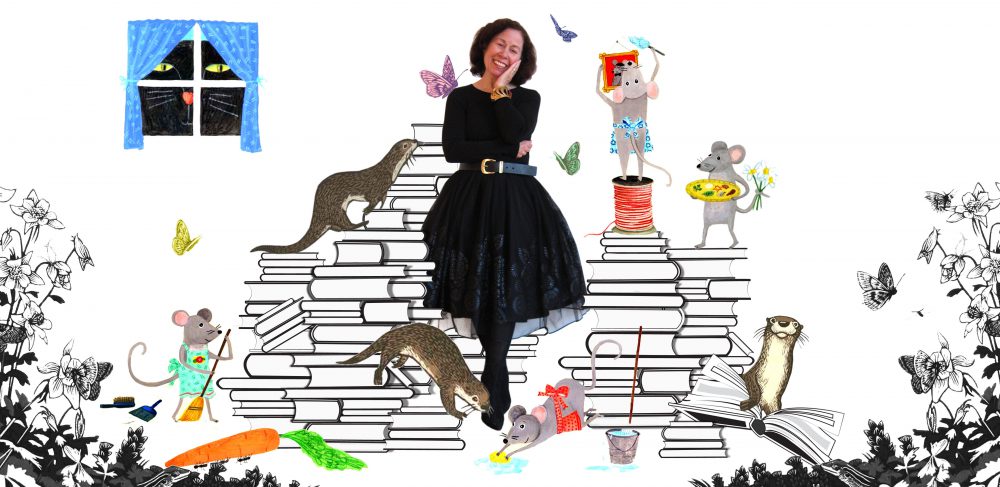
Such great advice, Brian. I feel inspired by so much that you said. Thanks.
LikeLiked by 1 person
Great interview. I could not agree with you more. Children want to read, so encouraging them by allowing choice is one of the best things we can do for them. There are so many audiobooks available that a child could “read” with the audiobook if a learning difference is preventing them from enjoying the book independently.
LikeLiked by 1 person
The advice to “let kids read what they want” Is so profound. That just teleported me back to my childhood days where my mother and school librarian at my elementary school must’ve realized this. They never stifled me when I chose large books off of the shelves. Some were even gifted to me by them. I will always attribute my love of reading to them.
LikeLiked by 1 person
Wonderful! I too love the advice to “Let kids read what they want!” Anything we can do to foster a love of reading (no matter what reading materials) is so important. Our son grew up reading lawn mower magazines. Guess what? He’s a diesel mechanic and Army veteran who worked on the BIG rigs. He still works on big rigs and I think his favorite reading is still vehicle catalogues. But he IS reading. 🙂 Congratulations! LOVE The Rough Patch.
LikeLiked by 1 person
Some amazing, solid advice. Thank you so much, Brian. Rough Patch is terrific!
LikeLiked by 1 person
Very good advice for aspiring authors. I’m going to Google that book by Nancy Werner. Thank you so much ! Sarah
LikeLiked by 1 person